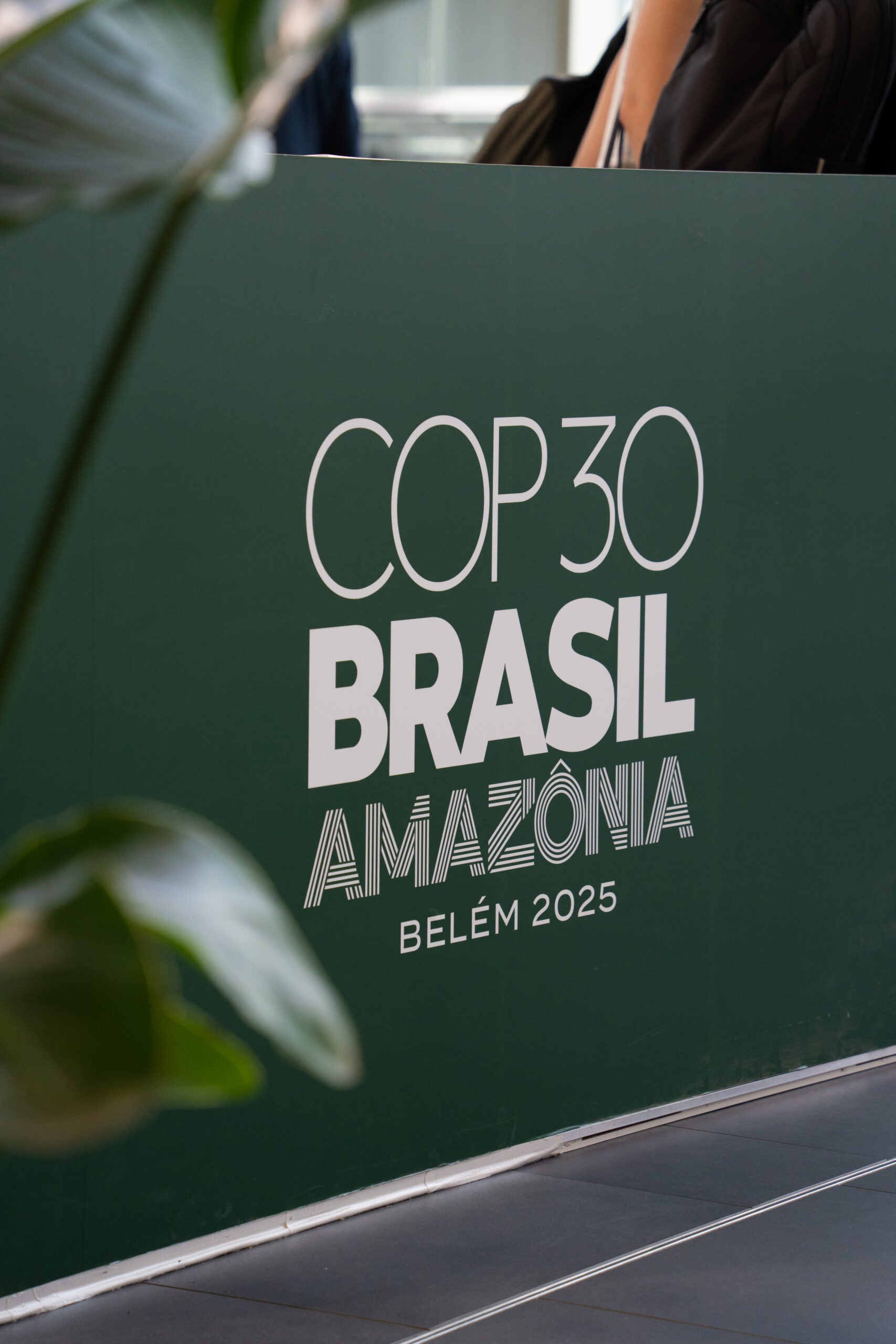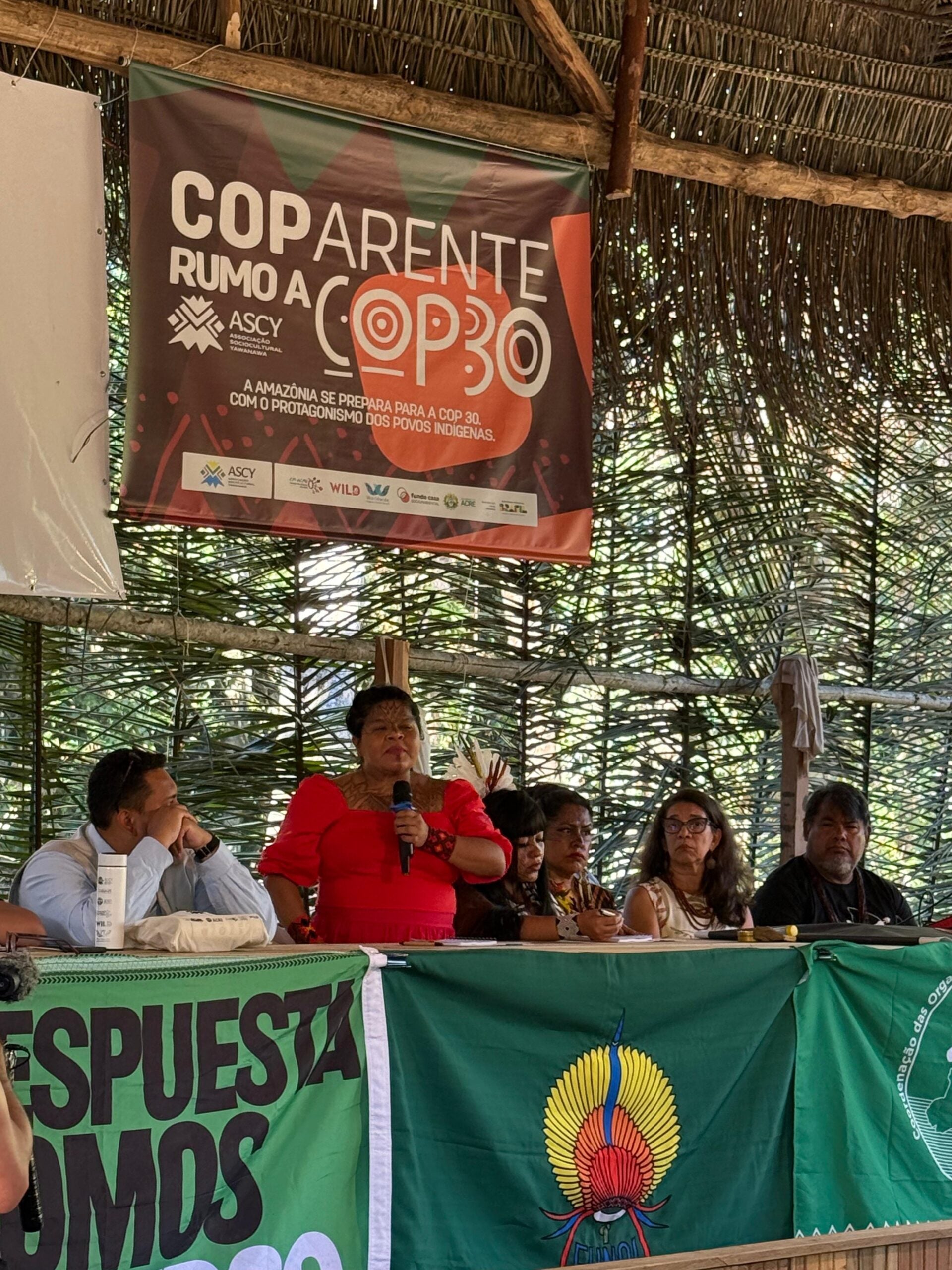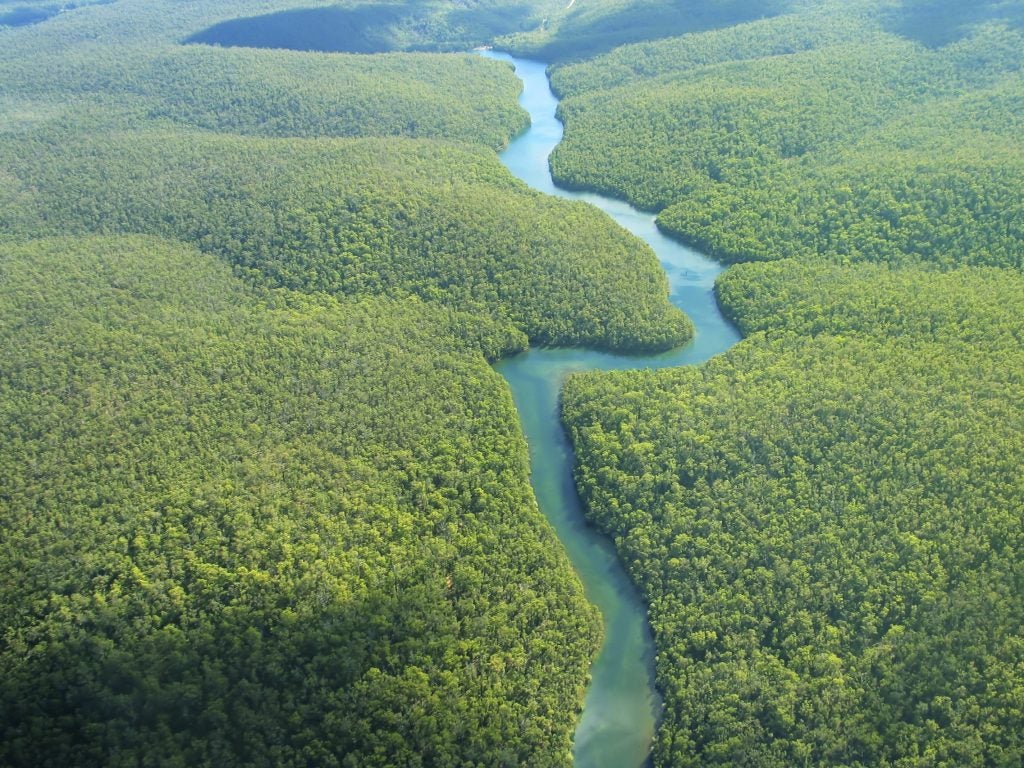
Photo: UN Climate Change/ Lara Murillo
By Angela Churie Kallhauge
The upcoming United Nations climate negotiations, COP30 in Belém, Brazil, is a milestone moment to reflect on progress made and the path ahead. It’s undeniable that the journey to a climate-resilient world has been turbulent, especially as we wrestle with the reality of political pushback, disengagement, and finance shortfalls faced in several countries.
This year, in particular, has delivered a barrage of mixed messages that make the path ahead feel fractured.
In one ear, we hear loud, often politically charged distraction. Climate deniers actively push back on climate policies under the guise of economic prosperity.
But in the other ear, we hear opportunity. While that negative voice appears louder, the other, the voice of opportunity, is more robust.
In spite of the headwinds, that voice of opportunity is backed up by reality. And by clear scientific and economic evidence: The economic case for climate action has never been stronger. For example, there is more investment in clean energy than ever before. Renewable energy is forecast to meet over 90 percent of the global electricity demand growth through 2030.
What’s more is that this voice is not singular, but rather a chorus of voices belonging to a whole-of-society effort — not just governments, but communities and companies, Indigenous Peoples and investors — coming together to seize the opportunity. Public opinion remains strongly in support, with 80 percent of people globally and 66 percent of people in the United States welcoming stronger climate action. In the private sector, a review of 75 top companies showed that 53 percent are holding firm to their climate commitments and 32 percent are expanding their efforts. For the first time, over 1,000 Indigenous Peoples are accredited to join COP30.
The question for all of us is: Which voice do we choose to hear? Do we listen to the unsubstantiated defender of the status quo, or the voices from across society acting on the evidence that climate action is the biggest opportunity of our lifetime?
At EDF, our choice is clear: we need to amplify the voices of those who see the opportunity of climate action – businesses, communities, and civil society alike – to galvanize governments negotiating at COP30 to boost their ambition and champion true solutions.
Here are the major issues we’ll be watching at the COP:
Read More »















